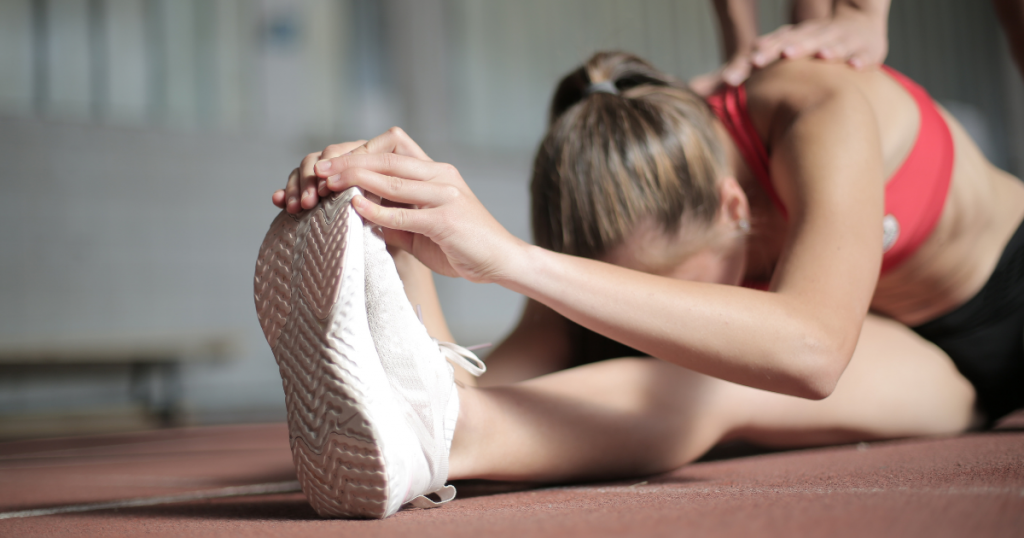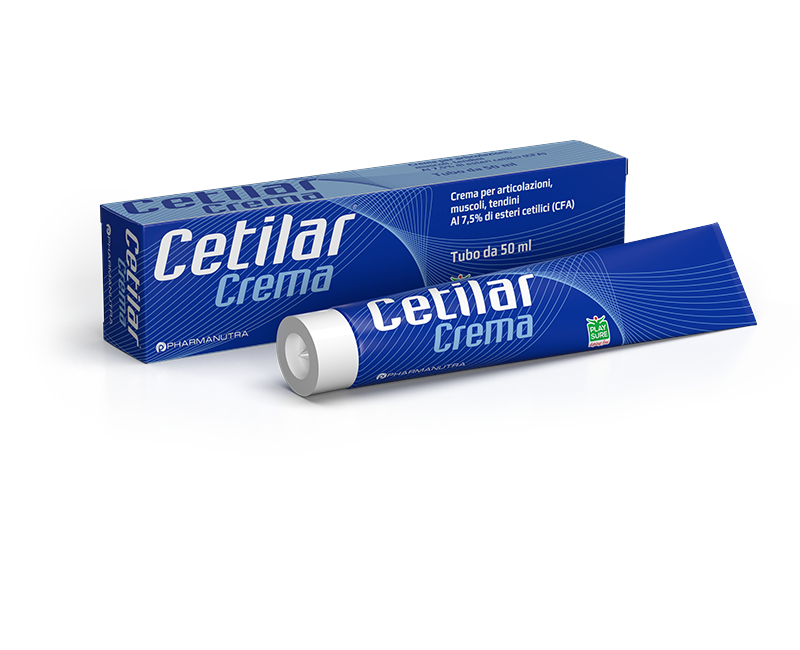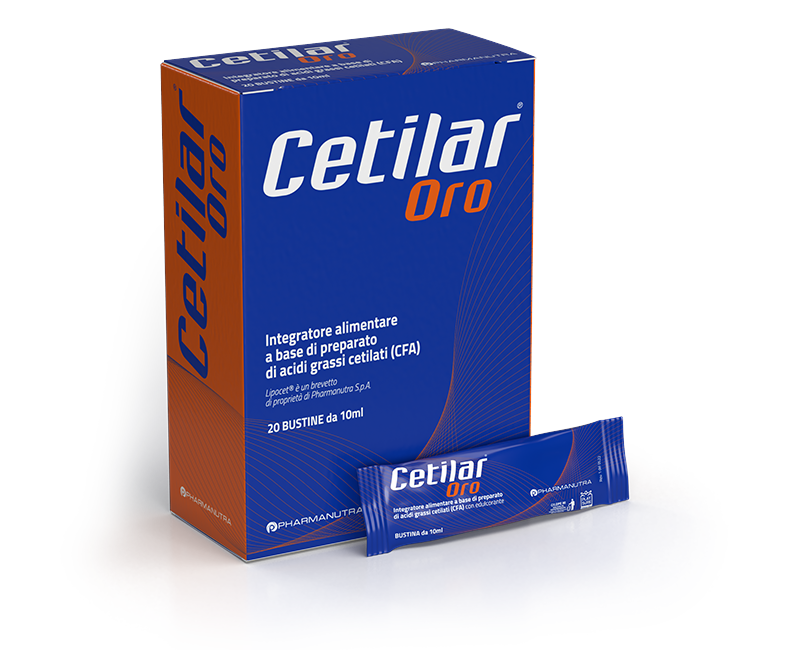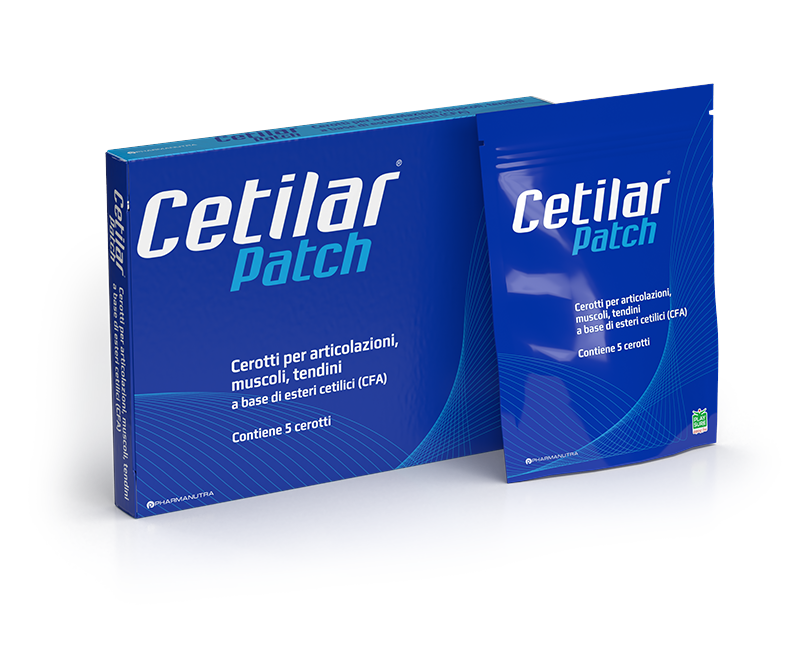Stretching: the various methods of muscular stretching and their benefits

Muscle lengthening, better known by the term stretching, is a very common practice and almost obligatory when we talk of training, which in fact includes many different methods and currents of thought in its practical approaches, but which share common objectives.
How many types of stretching are there? What are they used for? Are they suitable for everyone?
Our personal trainer Filippo will try to answer all these questions, explaining how and when to include stretching in a complete training programme.
Stretching: What is it? Definition and objectives
Stretching is a form of physical exercise in which a specific muscle, tendon or set of muscles is stretched, i.e. extended -to increase the elasticity and flexibility of muscles and tendons (myotendinous regions).
The main objectives and potential advantages of stretching, combined with other prevention exercises, are:
- To improve muscle flexibility and joint mobility;
- To increase the functional capacity of the muscles, in fact the more a muscle is able to lengthen and shorten appropriately, the better its performance;
- To reduce injuries, particularly in dynamic sports, where good flexibility, along with appropriate levels of muscle strength, drastically reduce the risk and frequency of pathologies and injuries due to overload;
- To reduce pain symptoms caused by an incorrect posture and prolonged muscle shortening;
- To improve recovery between one training session and the next, optimising the quality of physical activity.
Types of stretching
Now let’s analyse the different types of stretching that can be done both during athletic training and for postural re-education, understanding which methods are most useful depending on the need, and when to use them.
Static Stretching
Static stretching is probably the most common and well-known method. This includes passive techniques, prolonged stimulus around the full extension of movement permitted by the joint. Static stretching exercises involve holding a given stretching position, gradually seeking to reduce muscle tension and progressively stretch the muscles.
We recommend that particular care be taken during this practice, with constant, regular breathing, avoiding excessive force (range 6 on a scale of 1 to 10) with a general warm-up of around 10 minutes before starting.
Dynamic Stretching
Dynamic Stretching involves a series of movements and oscillations aiming to improve dynamic flexibility. It is widely used in sport during the activation phases, solving many aims of training sessions, including muscle warm-ups and joint mobility.
This type of stretching is also very useful in warm-ups as it is a progressive method that helps to reach one’s own mobility limits, then trying to increase them gradually, along with a general warm-up for the whole body.
Ballistic Stretching
Not to be confused with dynamic stretching, ballistic stretching involves precise movements that force the maximum lengthening and uses sudden movements to increase the joint’s range of motion. Due to the potential risks of this method, it was avoided for a long time. Ballistic stretching involves reaching the maximum level of stretching in a given position, then forcing it even further using repeated movements. This operation makes the nervous system produce a muscle protection reflex, called inverse myotatic reflex, which causes a rapid, involuntary contraction of the muscle, increasing the risk of muscle and tendon injury. This is why it should be done under the supervision of a personal trainer and, especially, never without having warmed up first.
PNF techniques: Proprioceptive Neuromuscolar Facilitation
PNF techniques, i.e., Proprioceptive Neuromuscolar Facilitation, consist in reaching the position of maximum muscle stretching, followed by an isometric contraction for around 5 seconds; this operation is repeated 2-3 more times. This allows the muscle to be pushed beyond its normal range in a safe, controlled manner, as it inhibits the action of the neuromuscular spindles, the proprioceptive organs which, during maximum muscle stretching, cause inverse myotatic reflex, which protects the muscle from potential injury.
This type of stretching is recommended for particularly stiff people, with a highly active neuromuscular spindle protection system, but who in this way can improve flexibility more easily and quickly.
Short- and long-term benefits
Over the years, the benefits of stretching that have become more and more important are the effectiveness of physical performance (short-term effects) and the influence of the articular ROM – range of motion – (long-term effects).
But beware, during warm-ups, before physical activity, excessively long stretching exercises can increase the tensions inside the muscle and cause poor vascularisation. Excessive stretching can also compromise the correct coordination between the agonist and antagonist muscles, worsening both the quality and quantity of technical actions.
Considering the effects of static stretching, this can be divided into stimuli for less than or more than 60 seconds:
- For stimuli less than 60 seconds, in the short term there may be a slight worsening in performance, a slight reduction in the peak force in the affected area and increased tolerance to tension.
- As regards longer stimuli (> 60 seconds), significant worsening of short-term performance can often be seen, along with greater myorelaxation, so less neuronal excitation, and so-called plastic deformations, i.e., long-term variations.
Another case is if static stretching is included in a complete warm-up routine (metabolic warm-up, specific mobility exercises, etc.), especially for stimuli of less than 60 seconds. In this context, many scientific studies show a positive impact on performance, suggesting a reduction in the occurrence of muscle injuries in the treated areas.
But beware: not everyone responds in the same way to the same stretching stimulus, due to genetic biological diversity, and this clearly makes it difficult to create standard protocols and programmes for stretching.
When to do stretching? Before or after training?
Practical advice on how to do stretching correctly:
-
- It is preferable to not perform stretching exercises without a warm-up, before the training session, and even more so before a competition.
- Physical activity should start with a metabolic warm-up, consisting of general and specific exercises aiming to activate and warm up the muscles correctly.
- Before starting the training session, you should favour dynamic joint mobility routines, allowing the body to improve its articular ROM. The exercises should be mainly multi-joint, with particular attention to the parts of the body with the greatest functional limitations.
- It is important to define a specific, customised programme, also on the basis of the exercises performed in the training phase. Maximum force training, for example, requires some specific preparatory mobility exercises, while metabolic training may require others.
- Before training, the best thing is to perform some preparatory myofascial release exercises (self-massage) using a foam roller. These should be done indicatively for 30 seconds on each treated body area, with fairly quick movements, to activate the musculature without causing potentially negative alterations.
In a previous article, we included some examples of stretching exercises for different parts of the body, including the back, neck, hips, pelvis and lower limbs.
Here we give an example of how to correctly include stretching and injury prevention exercises in a training session:
| Cardio warm-up: 10’ of aerobic activity. |
| Dynamic stretching: include a joint mobility routine with 4-5 exercises, 30 seconds each. |
| Myofascial release (activation phase): perform exercises with a foam roller for 30 seconds on each muscle area, with quick, fluid movements and medium-low compression. |
| Central training phase: daily conditional/coordination programme. |
| Myofascial release (cool-down phase): perform exercises with a foam roller for 60 seconds on each muscle area, with slow movements and medium-high compression. |
| Static stretching: perform stretching exercises for 45 – 60 seconds on each muscle area and global posture exercises for 2 – 3 minutes each. |
As regards stretching, there is no ideal recipe suited to everyone: everyone has their own anatomic and functional characteristics, and reacts differently to training stimuli. However, the guidelines analysed are valid for everyone, whether sports professionals or not, and it is up to the experience of the personal trainer, athletic coach or physiotherapist to choose the best programme of exercises for each individual




